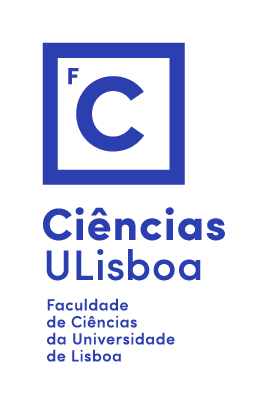Exemplos da Física para repensar a Universidade na era dos Sistemas de Informação e Conhecimento
Por António Amorim (Ciências ULisboa).
Evento de acesso livre, mediante inscrição prévia (os dados de acesso serão posteriormente disponibilizados por e-mail).

